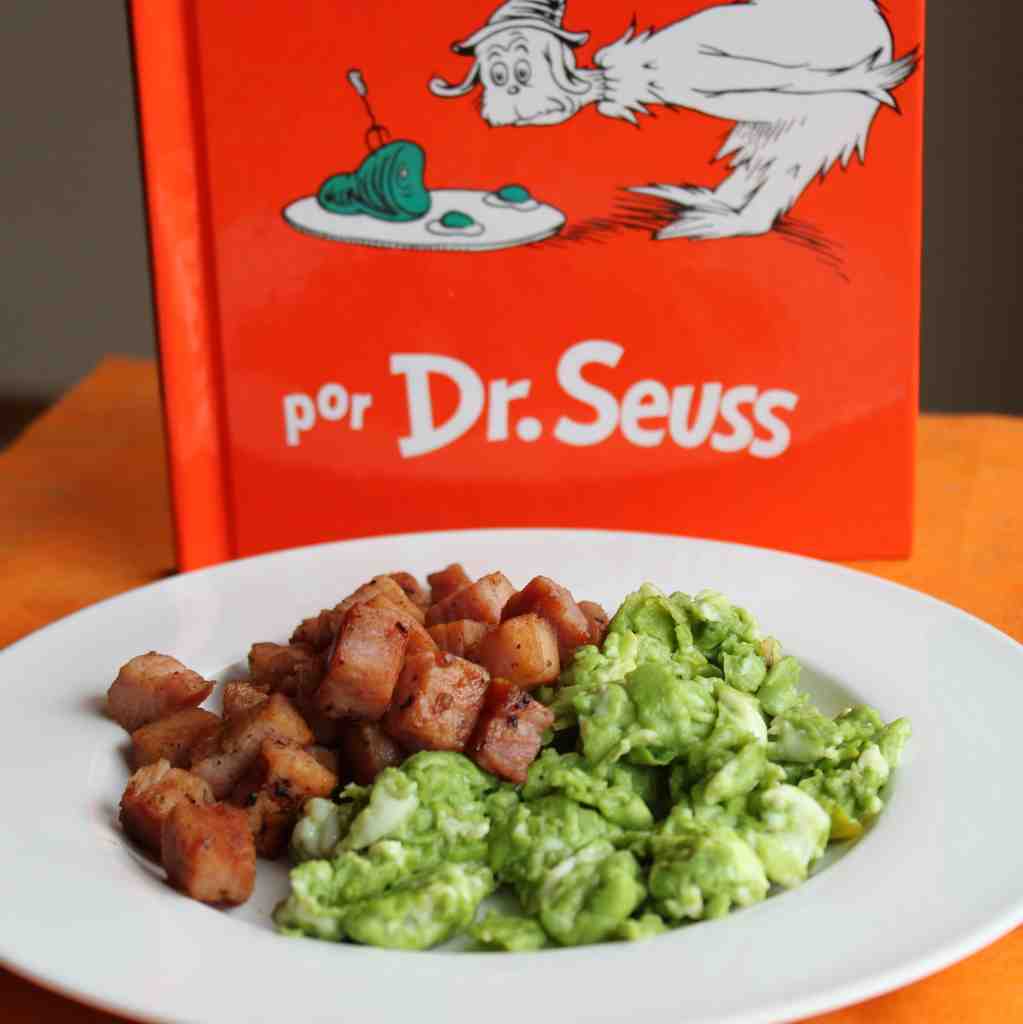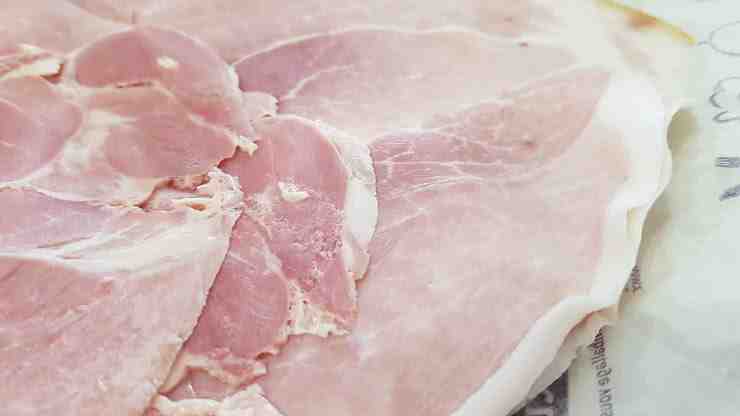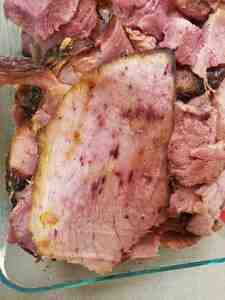Where does Red 40 come from?
Red 40 is a chemical compound that comes from coal tars. On the same subject : Why is my ham so red?. Additives such as coal tar-based dyes are created by mixing various fragrant hydrocarbons such as benzine and toluene.
Is Red 40 made of cockroaches? Cochineal can be produced by insects, but other synthetic red dyes such as red No. 2 and red no. 40, which pose much greater health risks, are derived from coal or petroleum by-products.
Is red dye 40 made from pork?
Yes, despite common misconceptions, Red 40 is vegan because the ingredient is not of animal origin. Instead, Red 40 is made from petroleum by-products or coal tar.
What is Red 40 dye made from?
Red 40 dye, derived from petroleum, is the most common and modern food in candies, cereals, baked goods, gelatin powders, pharmaceuticals, and cosmetics.
Is Red 40 kosher?
Is the red color kosher? Red 40 is made up of ingredients that pose no kashrus issue in their pure forms. Any additives should be monitored for kosher status. Carmine is derived from dry insects.
Where is Red 40 found?
Red 40 dye is consumed most often by children and, as such, occurs in many baby foods (think flavored milk and yogurt, colorful desserts, and sugary snacks and drinks). Children ages two to five ate more than 40 red dye per day, according to a June 2017 study in “Food Additives and Contaminants.”
What does Red 40 do to your body?
Red 3 causes cancer in animals, and there is evidence that many other dyes are also carcinogenic. Three dyes (red 40, yellow 5 and yellow 6) have been found to be contaminated with benzidine or other carcinogens. At least four dyes (Blue 1, Red 40, Yellow 5 and Yellow 6) cause hypersensitivity reactions.
Why is Red 40 banned?
When consumers savor the rainbow of this popular candy, they also ingest Yellow 5, Yellow 6, and Red 40 food dyes. These dyes are known to have adverse effects on young children. They are banned in baby food in the European Union and foods that contain the dyes must carry a warning label.
Is Red 40 still made from bugs?
Red 40 is not made from insects, cockroaches or other animal products. The beetle-based red dye is called carmine, carminic acid, cochineal or red 4. In contrast, red 40 is synthetically produced from petroleum.
What is Red 40 dye made from?
Red 40 dye, derived from petroleum, is the most common and modern food in candies, cereals, baked goods, gelatin powders, pharmaceuticals, and cosmetics.
Is the red made from bugs still used today?
Dactylopius coccus Carminic acid, typically 17-24% by weight of dried insects, can be extracted from the body and eggs, then mixed with aluminum or calcium salts to produce the carmine dye, also known as cochineal. Today carmine is mainly used as a colorant in foods and lipsticks (E120 or Natural Red 4).
What are the symptoms of being allergic to red dye?

Adverse reactions to these food colors can range from mild to severe. 13 The most common symptoms include headache, itching, swelling of the face or hives. Severe reactions are similar to those of other food allergic reactions such as difficulty breathing, dizziness, fainting, low blood pressure and difficulty breathing.
Does Doritos have red dye?

Ingredient Comparison Traditional Doritos are made with MSG, an additive that has been linked to increased appetite and weight gain. Older Doritos are also made with artificial dyes, including Yellow 6, Yellow 5, and Red 40. These dyes have been linked to attention deficit disorder (ADD) in children.
Why is meat so red in the grocery store?

Red meat. Fresh meat in the supermarket is red due to the pigment called “myoglobin”, which stores oxygen in muscle cells. But myoglobin is only red when it is bound to oxygen molecules. In live animals, blood carries oxygen to myoglobin; in freshly cut meat, oxygen comes directly from the air.
What is the real color of meat?

When the meat is fresh and protected from contact with the air (as in vacuum packs), it has the purplish red color that comes from myoglobin, one of the two key pigments responsible for the color of the meat. When exposed to air, myoglobin forms the pigment, oxymyoglobin, which gives the meat a pleasant cherry red color.
What color is the meat of course? Consumers expect fresh ground beef to be bright red in color, but it can sometimes appear brown, mottled red and brown or even purplish. Variations in color can be confusing and lead to the rejection of acceptable ground beef. Here are the answers to the most frequently asked questions.
Is meat naturally grey?
When a piece of meat is exposed to air, oxidation naturally transforms the meat from purple to red and, over time, to brown and finally gray (read the scientific explanation on myoglobin here).
Is meat dyed red?
This is perfectly normal. There is also a name for it: myoglobin, which is a protein responsible for the red coloring on the outside of ground beef. When meat – or even poultry – is packaged, the meat on the outside is exposed to more oxygen.
What is the real color of meat?
The myoglobin protein is actually responsible for giving raw meat its red color, and it is present in the animal’s tissues and turns red when exposed to oxygen during processing.
Is red meat dyed red?
In live animals, blood carries oxygen to myoglobin; in freshly cut meat, oxygen comes directly from the air. But the red color of freshly cut meat is temporary as aging, cooking, and bacteria separate oxygen from myoglobin, turning the meat a brownish-gray color.
Do Cheerios have red dye 40?
General Mills Trix cereals contain 36.4 mg of Yellow 6, Blue 1 and Red 40, while Fruity Cheerios has 31 mg of food colors including Red 40, Yellow 6 and Blue 1. Among the major sources of artificial colors in the diet americana is drinks, according to the researchers.
What grain does Red 40 not have? As of January 2016, seven General Mills cereals contain no artificial colors, colors from artificial sources, and high-fructose corn syrup: Fruity Cheerios, Glazed Cheerios, Chocolate Cheerios, Trix, Reese’s Puffs, Cocoa Puffs, and Golden Grahams.
Is Cheerios dye free?
We are removing artificial flavors and colors from artificial sources from the rest of our grains. Today, over 60 percent of our cereals, such as Cinnamon Toast Crunch and Cheerios, are already free from artificial flavors or artificial colors.
Does Honey Nut Cheerios have red dye?
Here is a list of some of our favorite foods that have no dyes: Macaroni and Cheese from HEB. Black Forest Fruit Snack. Cheerios with honey and nuts.
Do Cheerios have dye?
General Mills Trix cereals contain 36.4 mg of Yellow 6, Blue 1 and Red 40, while Fruity Cheerios has 31 mg of food colors including Red 40, Yellow 6 and Blue 1.
Do Honey Nut Cheerios have red dye?
Here is a list of some of our favorite foods that have no dyes: Macaroni and Cheese from HEB. Black Forest Fruit Snack. Cheerios with honey and nuts.
What foods contain red dye number 40?
How to identify the red dye 40
- Dairy products: flavored milk, yogurt, puddings, ice cream and popsicles.
- Sweets and baked goods: cakes, pastries, candies and chewing gum.
- Snacks and other items: breakfast cereals and bars, jelly, fruit snacks, chips.
What are the side effects of red dye 40?
Additionally, both adults and children have reported stomach pain, migraines, nervousness, nervousness, and inability to concentrate after high red dye intake 40. The CSPI has published a report stating that artificial food colors represent a “rainbow”. of risks, including everything from allergies to cancer.
What has red dye number 40 in it?
| Names | |
|---|---|
| CompTox Dashboard (EPA) | DTXSID4024436 |
Sources :
